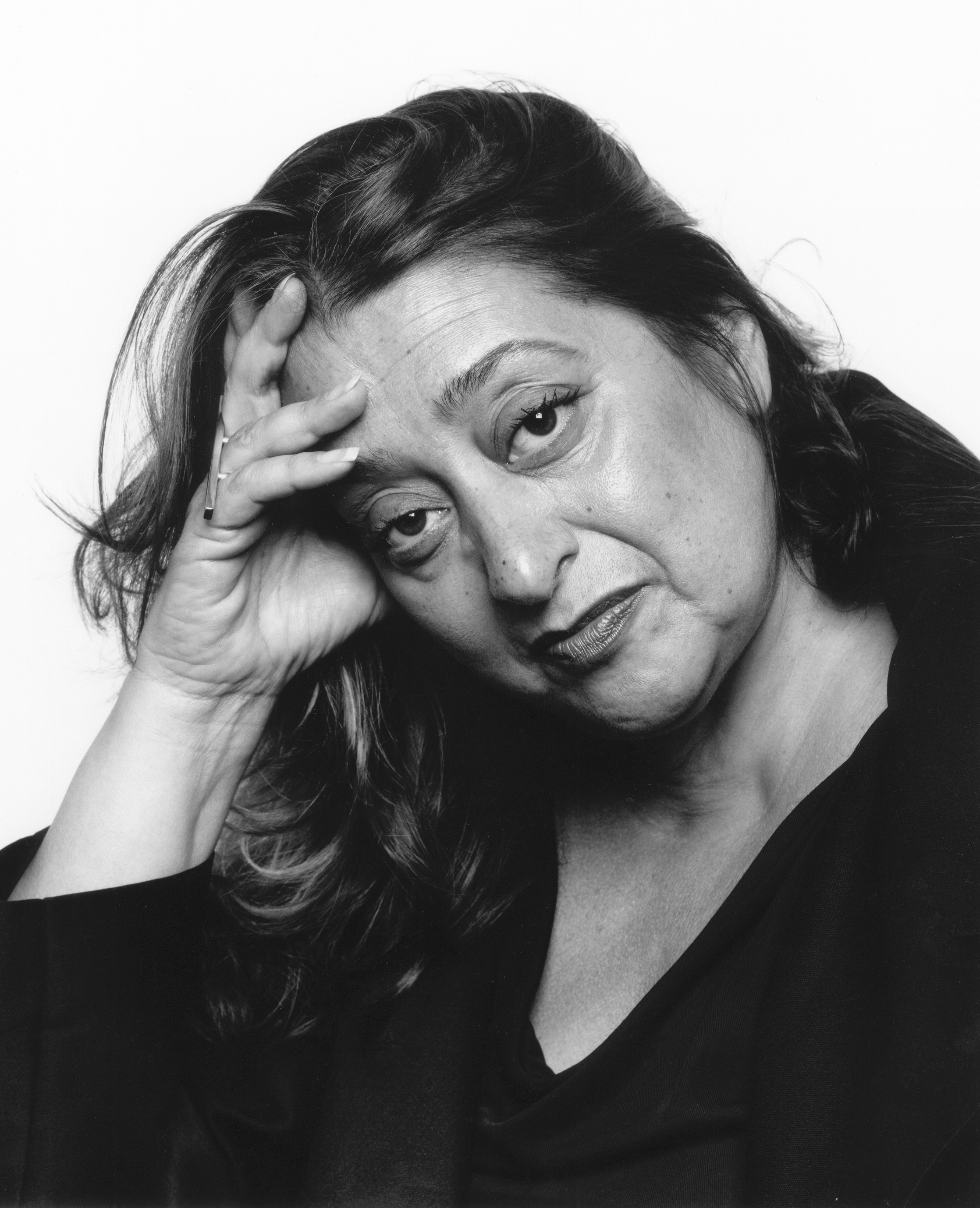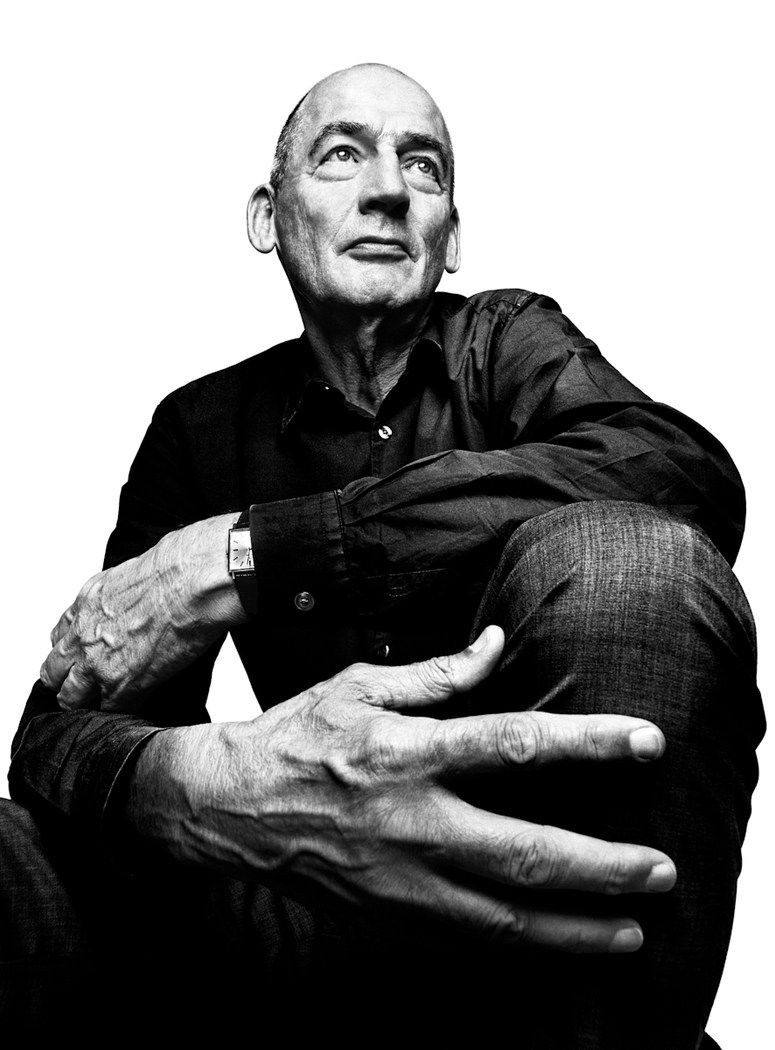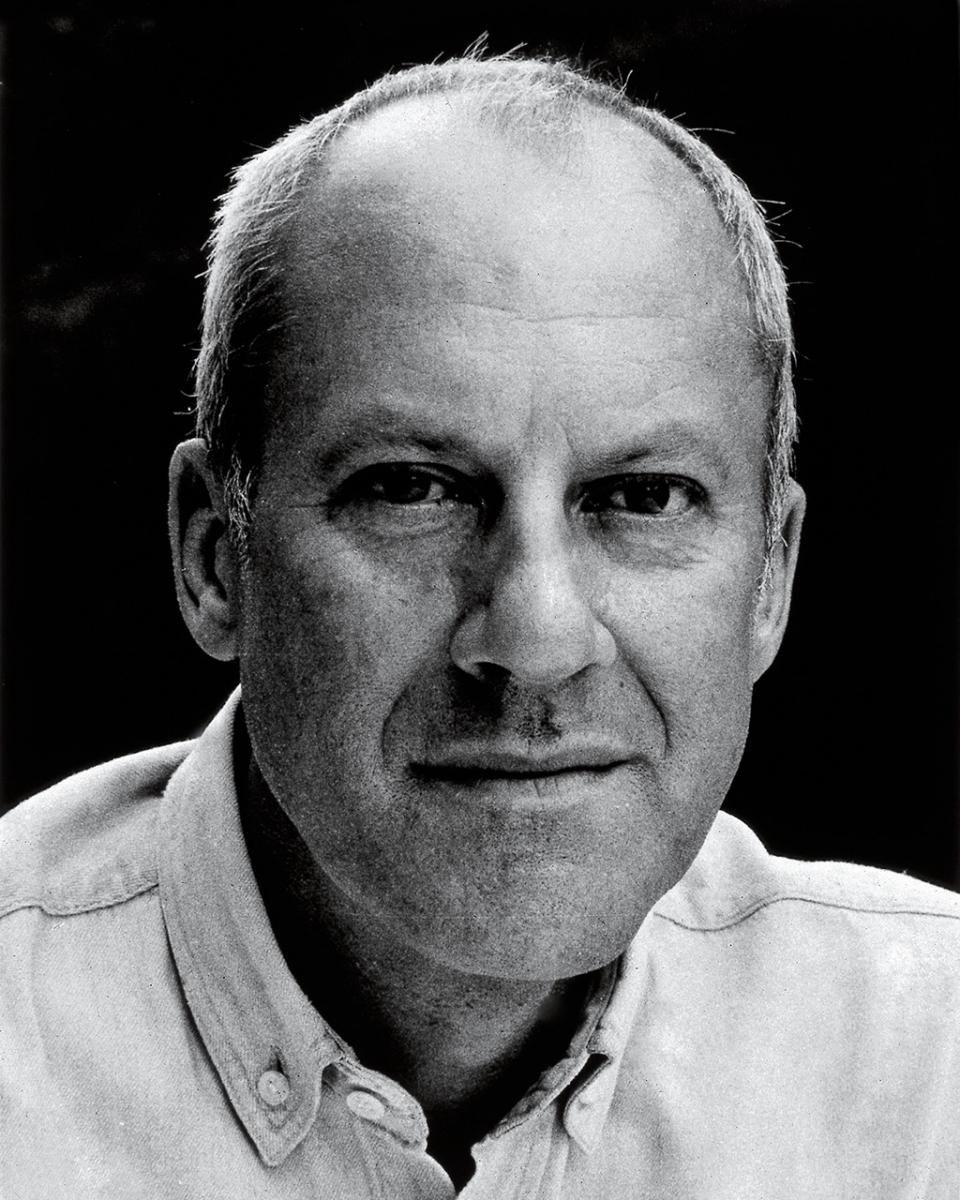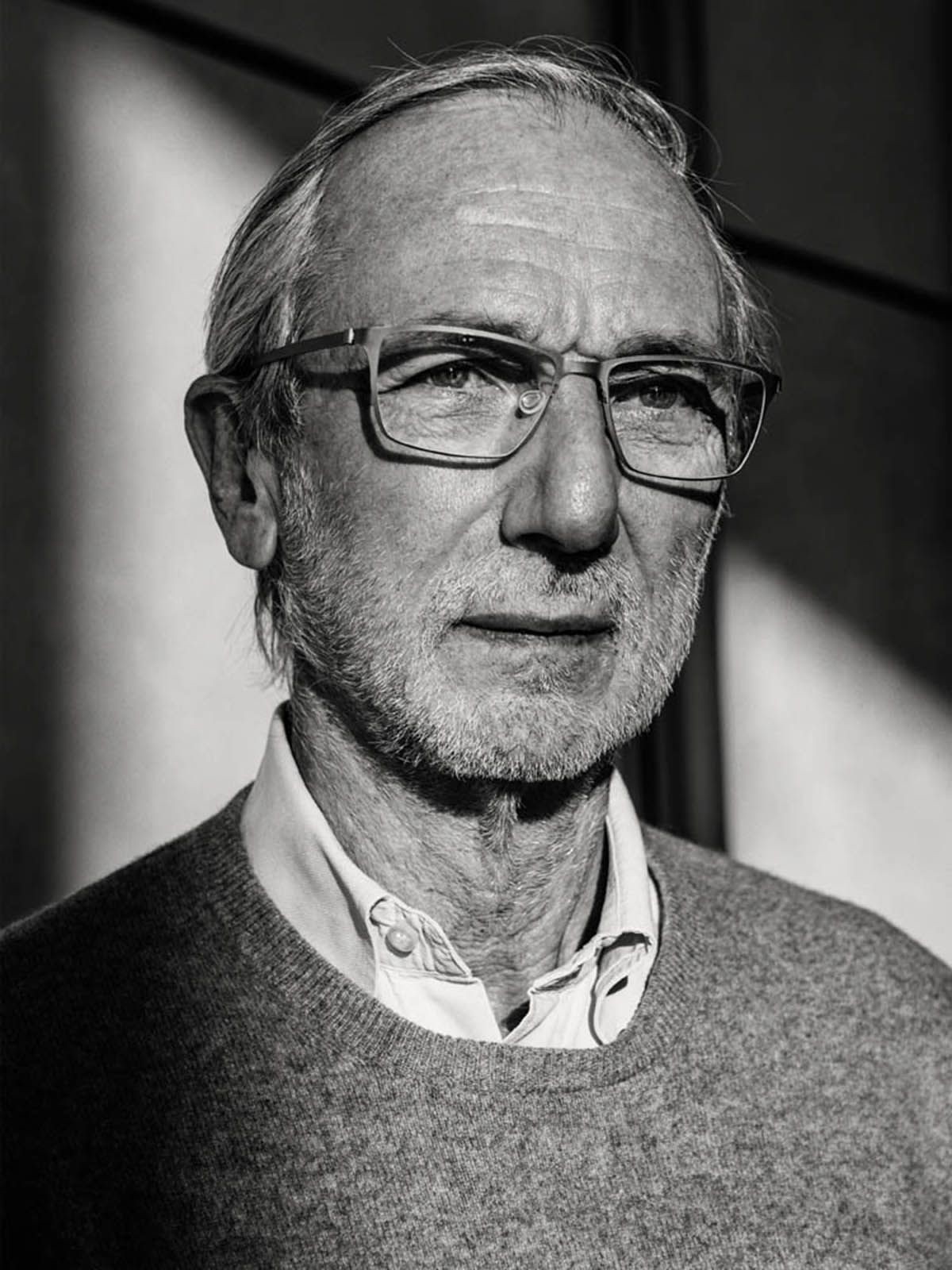
Hi everybody! In this post, we will talk about what a starchitect is and who they are. As the term revealed itself by combining the words “star” and “architect”, starchitect means worldwide renowned architect. They are basically the blockbusters of the architectural world. Starchitects are the designers of the globally-known buildings which gets a lot interest from media and impresses the community. As the attention from public increases, the designer automatically is labeled as starchitect — even s/he does not want to be called so! Let’s have a look at our Starchitects vol1 list below.
Architecture is the art of translating all the immaterial structures of society — social, cultural, economical and political — into physical structures

Bjarke Ingels (2 October 1974) who is the founder of B.I.G. defines his architectural notion as utopian yet pragmatic. The Danish architect, who is considered to be one of the most innovative architects of his generation, challenges his profession by questioning the traditional approaches of architecture. He has always wanted to become a cartoonist. Just to improve his drawing skills, he started to study architecture at the Royal Academy in 1993. His interest in architecture increased during education, so he continued his study at the Barcelona School of Architecture. While he was in his third year, he won his first professional architectural competition. He started his career working in OMA with Rem Koolhaas for three years. His first outstanding project is VM Houses in Copenhagen with his former firm — PLOT. B.I.G. has always concerns about sustainable and sociological aspects of their projects. Some important projects of B.I.G. can be listed as Danish National Maritime Museum, 8 House, Superkilen Park, Copenhagen Harbour Bath, Mountain Dwellings. Bjarke Ingels has participated TEDtalks. Also, he is the author of Yes is More. An Archicomic on Architectural Evolution, which is the monograph of Bjarke Ingels Group in the format of a comic book, unveiling the architectural practice of the office.
There are 360 degrees, so why stick to one?

Zaha Hadid (31 October 1950–31 March 2016) is an Iraqi British architect who is the first woman to be awarded Pritzker Architecture Prize in 2004 and RIBA gold medal in 2016. After getting her mathematics degree at the American University in Beirut, she graduated from AA School where she had a chance to work with Bernard Tschumi and Rem Koolhaas who she worked with after her graduation. Hadid’s first major project is Vitra Fire Station, built in Germany, in 1993. She is called as paper architect at the beginning, which means her lines are too avant-garde to go beyond sketching and be built. But in a short time, she was able to change her reputation as the queen of the curve because of her accomplishments in deconstructivist approach. The unique architectural style of Zaha Hadid, which cannot be easily categorized, is often classified as parametricism. Parametricism states that the elements of an architectural project or product are parametrically controlled by using computational design tools and fabrication methods. Hadid and her working partner Patrik Schumacher have numerous works and huge progress on this subject. She has also works on product design such as furniture, houseware, shoe, accessory. There are some contradictory debates about her works and temper, but it cannot change the fact that she is a pioneer by challenging stereotypes in the world of architecture. She died due to a heart attack in Miami on 31 March 2016 leaving behind a productive life story. Here are some significant projects of Zaha Hadid Architects: Glasgow Riverside Museum of Transport, London Aquatics Centre, Rosenthal Center for Contemporary Art, Serpentine Sackler Gallery, MAXXI Museum.
The word starchitect makes you sound like an a**hole

Rem Koolhaas (17 November 1944), the Dutch architect, former journalist and screenwriter, graduated from AA School in 1972 and Cornell University in 1975. After founded Office for Metropolitan Architecture (OMA) with his partners in 1975, he started his profession as a theoretician. First, he published Delirious New York: A Retroactive Manifesto for Manhattan in 1978, which became a classic text on modern architecture and society and made him famous. Then, he wrote S,M,L,XL in 1995, which is the monograph of OMA describing their works in detail. He founded AMO in 1998 for non-architectural works such as exhibitions. OMA’s first significant commission is Netherlands Dance Theatre which was demolished without a solid reason in late 2015. Koolhaas was awarded Pritzker Prize in 2000 and RIBA gold medal in 2004. He is a professor at Harvard University now. His works cannot be categorized easily either modernist or deconstructivist as critics called him provocative. His theoretical thinking can be easily seen in OMA’s projects, each project has a statement. He never wants to be mentioned as starchitect, stated by himself strictly. At this point, it is good to mention that the name of the office doesn’t include the names of the partners deliberately, in which the idea is connected with Koolhaas’ opinion on the word ‘starchitect’. OMA maintains offices in Rotterdam, New York, Hong Kong, Beijing, Doha, Dubai and Perth. Some of OMA’s significant projects are Dutch Parliament Extension, Seattle Central Library, Villa dall’Ava, Casa Da Musica, CCTV Headquarters.
If you weren’t an optimist, it would be impossible to be an architect

Sir Norman Foster (1 June 1935), the British architect, is known for his innovative high-tech structural designs made of steel and glass. He worked in the engineering department as part of the Royal Air Force for two years after leaving school in his 16. Later on, he graduated from Manchester University School of Architecture and City Planning in 1961 having the chance to improve his sketching skill. Then, he earned a scholarship to Yale University School of Architecture for master’s degree (1962), where he met with his future partner Richard Rogers. Foster started to work in Team 4 with Richard Rogers, Su Rogers and his wife Wendy Foster in 1963. Team 4 gained a reputation for their high-tech industrial designs. After 4 years working with Team 4, Norman and Wendy founded their own architectural firm called Foster Associates, which would become Foster + Partners in 1999. In his earliest works, he invented the idea of technologically advanced ‘shed’ which means a structure surrounded by a lightweight shell or envelope. The high-tech movement which Foster brought in architectural world bridged the gap between architecture and engineering and made them inseparable duo. He has never wanted to be labeled as ‘high-tech’ because he stated that “Technology is part of the civilization and being anti-technology would be like declaring war on architecture and civilization itself. The history of architecture is the history of technology, and the tradition of architecture is one of continuous change.” He made a breakthrough with the project of Willis Faber & Dumas Headquarters in Ipswich in the early 1970s. The low-rise office building is described as innovative not only for its construction techniques but also pioneering the notion that the workplace could be a pleasant environment by Pritzker Jury. Norman Foster, with his full title Baron Foster of Thames Bank of Reddish, has received many awards such as RIBA Gold Medal (1938), Japan’s Design Foundation Award (1987), France’s Grande Medaille d’Or (1991), the American Institute of Architect’s (AIA) Gold Medal (1994) and Pritzker Prize (1999). Here are some significant projects of Foster + Partners: Hearst Tower, Reichstag New German Parliament, Sainsbury Centre, Great Court at the British Museum, Millennium Bridge.
I am not a ‘star-chitect’, I am an ar-chitect

Frank Gehry (28 February 1929), the Canadian American architect, graduated from the Department of Architecture at the University of Southern California in 1954 and City Planning at Harvard University in 1957. He founded Frank O. Gehry & Associates in 1962 and its successor Gehry Partners in 2002. Pritzker Prize-winning architect (1989) is one of those architects who refuses to be called starchitect. Gehry is known with his bold postmodern designs by using extraordinary materials such as corrugated metal sheet and titanium cladding. He is against traditional modern architecture, which makes him the pioneer of deconstructivism. His approach to architecture is sculpturesque and puts emphasis on the artistic part of the architecture. Some critics say the works of Gehry look incomplete and rough, but he is not bothered by this situation. Although his neighbors hated to see such a building nearby, his reputation has increased by reconstructing his own house Gehry Residence in deconstructivist style. The Golden Fish in Barcelona is one of the first projects that takes advantage of computer-aided design. The monumental sculpture is a formal experiment out of metal plates. Even Gehry first sketched the design, he modeled curvilinear planes and complex structure with the help of the computer environment. As well as architecture, he has some product designs including furniture and wristwatch. Some of Gehry Partners’ prominent projects with his signature style are Guggenheim Museum Bilbao, Walt Disney Concert Hall, Vitra Design Museum, The Biomuseo, DZ Bank Building. You can watch Gehry’s TEDtalk here: https://www.ted.com/speakers/frank_gehry. You can also take Gehry’s online architecture classes through MasterClass.
I don’t believe architecture has to speak too much

Tadao Ando (13 September 1941), the self-taught architect, is one of Japan’s leading contemporary architects. He is renowned for his minimalist concrete buildings. He never had formal architectural education, he was first a professional boxer and then a carpenter before getting into architecture. After numerous trips all over the world, Ando got inspired from the works of Frank Lloyd Wright, Le Corbusier, Ludwig Mies van der Rohe, Louis Kahn and he founded Tadao Ando Architects & Associates in 1969. Ando is the only one architect who won 4 most prestigious awards: Carlsberg Architectural Prize (1992), Pritzker Prize (1995), Praemium Imperiale (1996) and Kyoto Prize (2002). He has been the pioneer of Critical Regionalism although he has never accepted or rejected the term about his works. Critical Regionalism was urged from the question of ‘how to revive an old, dormant civilization and take part in universal civilization’ by Paul Ricoeur. It is not the traditions of local architecture or the complete opposite of Modernism. According to Kenneth Frampton, tectonics and contextual features such as topography, light, climate of a project should be emphasized in a universal and non-traditionalistic way — exactly the same with how Tadao Ando designs. He explains that ‘such things as light and wind only have meaning when they are introduced inside a house’ and he tries to unite these forces between architecture and nature by playing with light, shadow and wind. His use of concrete is described as ‘smooth-as-silk’, having a great quality of construction. His last monograph Transcending Oppositions has included his latest works. The design of the monograph also shows Ando’s reductionist approach. Some of Tadao Ando Architects & Associates’ works are Church of the Light, Church on the Water, Koshino House, Modern Art Museum of Fort Worth, Hill Temple of Great Buddha Statue.
Architecture is not based on concrete and steel, and the elements of the soil. It’s based on wonder

Daniel Libeskind (12 May 1946), the Jewish-American architect, immigrated from Poland in 1960 when he received a music scholarship before being an architect. He graduated from Cooper Union for the Advancement of Science and Art in 1970 where he had the chance to work with John Hejduk and Peter Eisenman. He got his master’s degree in the history and theory of architecture from the University of Essex (1972), then started his academic career at the Cranbrook Academy of Art (1978–1985). His work was exhibited in Deconstructivist architecture at MoMA in New York (1988). He and his wife Nina founded Studio Daniel Libeskind in 1989. Libeskind was recognized globally when he won the competition for the Jewish Museum in Berlin in 1989, which is the first museum dedicated to the Holocaust of II. World War. After a decade full of oppositions about politics, the museum ‘Between the Lines’ was completed in 1999. He said that he had a special connection with this building because he lost his loved ones in the Holocaust. He received a great number of commissions all over the world due to his success in Jewish Museum. Critics often mention him as deconstructivist even he does not consider himself thus so. Libeskind is particularly aware of the social context and purpose of his designs. He often described architecture as a language that had to communicate with both its human and natural environment. He is the first architect to win the Hiroshima Art Prize (2001), which awards the works of international understanding and peace. Some of Studio Daniel Libeskind’s works with his critical thinking are here: World Trade Center Master Plan, Royal Ontario Museum, Contemporary Jewish Museum, Bord Gáis Energy Theatre and Grand Canal Commercial Development, Extension to the Denver Art Museum.
In architecture, it is fundamental to protect what is significant; and at the same time, be open to change

Sou Fujimoto (4 August 1971), the Japanese architect, graduated from University of Tokyo in 1994 and founded Sou Fujimoto Architects in 2000. His works are inspired by nature, rooting back to his childhood explorations of the wooded landscape. He conceptualizes his notion as ‘Primitive Future’ in which the function is not given in the beginning and can be formed according to natural human need. He took his inspiration from the caves and forest on his native island where he grew up. Fujimoto embodied his concept of Primitive Future in Final Wooden House which was constructed in 2008. The house allows its inhabitants to be able to determine the usage of the space according to their needs by having closure, voids and elevation differences. You can check his book Primitive Future published in 2008 for more detailed information about the concept. Fujimoto regards design process as intuitive. He always tries to blur the boundaries of dialectical assets and tries to ambiguate the differences between natural and artificial. He has received some awards such as JIA New Face Award (2004), Grand Prize in the AR Awards (2006), Kenneth F. Brown Architecture Design Award (2007) and Japanese Institute of Architecture Grand Prize (2008). He is the youngest architect (at the age of 41) to design Serpentine Gallery Pavillion in 2013. He described the Cloud as ‘an architectural landscape: a transparent terrain that encourages people to interact with and explore the site in diverse ways’. Three-dimensional lattice structure doesn’t make a sharp distinction between interior and exterior with its translucency. Besides giving lectures and seminars as a guest, he also lectures at the universities of Tokyo, Kyoto and Minato. Some of his significant projects are House NA, House N, Musashino Art University Museum & Library, T House, L’Arbre Blanc Residential Tower.
People meet in architecture

Kazuyo Sejima (29 October 1956) and Ryue Nishizawa (7 February 1966), the Japanese architects, are the founding partners of SANAA (Sejima and Nishizawa and Associates). Sejima graduated from Japan Women’s University in 1979. After she got her master’s degree from the same university in 1981, she started to work with Toyo Ito for 6 years. In 1987, she established Kazuyo Sejima & Associates and hired Ryue Nishizawa who has also worked at Toyo Ito and Associates. Nishizawa received his master’s degree at Yokohama National University in 1990. After working together around 8 years, the duo founded SANAA in 1995. After 2 years, Nishizawa founded his own firm, Office of Ryue Nishizawa. They both maintain their own firms and SANAA at the same time. The works of SANAA are often described as innovative, minimalist and renowned for being white, lightweight structures. It is stated that they explore like few others the phenomenal properties of space, lightness, transparency and materiality to create a subtle synthesis by the Pritzker jury. They do not consider a structure to be finished until it is inhabited, which is about the interaction between human and the structure. Also, they have never overlooked the connection with surrounding. Sejima was named the Japan Institute of Architects’ Young Architect of the Year in Japan in 1992. She was the first woman to be commissioned as the curator of the 12th Annual International Architecture Exhibition in 2010. In the same year, the duo was awarded Pritzker Prize, becoming the second partnership after Herzog and de Meuron. Sejima is the second woman after Zaha Hadid and Nishizawa is the youngest architect (at the age of 44) to receive this honorable prize. Some examples from the works of SANAA are New Museum, Grace Farms, Rolex Learning Center, Louvre Lens, Serpentine Gallery Pavillion 2009.
One of the great beauties of architecture is that each time, it is like life starting all over again

Renzo Piano (14 September 1937), the Italian architect, graduated from Polytechnic University of Milan in 1964. After working with famous architects like Louis Kahn, Piano and Richard Rogers established a partnership between 1970–1977. Then, they were commissioned for one of the most prestigious competitions, the Centre Georges Pompidou. The project is a good example for constructivism and high-tech architecturewhich they both are renowned for. The term high-tech came from the book of Joan Kron and Suzanne Slesin’s High-tech: The Industrial Style and Source Book for the Home. Piano and Rogers wanted to design the museum itself as movement and they got inspired from the Fun Palace of Cedric Price. The aesthetics of the structure directly came from the uncovered mechanical infrastructures with a functionalist approach.With the great help of the Centre Georges Pompidou, Piano and Rogers have became starchitects. Piano founded The Renzo Piano Building Workshop (RPBW) in 1981. He claims that they do not only design things, but they also make things and test them in the office environment. His interest in technology and structural engineering has continued through his future projects. Piano has received many awards, including the Japan Art Association’s Praemium Imperiale Prize for Architecture (1995), the Pritzker Architecture Prize (1998), and the American Institute of Architects Gold Medal (2008). Some of his prominent projects are The Menil Collection, Beyeler Foundation Museum, Stavros Niarchos Cultural Centre, Jean-Marie Tjibaou Cultural Centre, Citadel University Campus.
So, this is the Starchitects vol1.
You can download 10 starchitect avatars as a pack from here: https://www.toffu.co/downloads/178-flat-icons-pack-starchitect-avatars-vol1
Wait for Starchitects vol2. Keep up following!

Comments (0)
Back to Architecture News